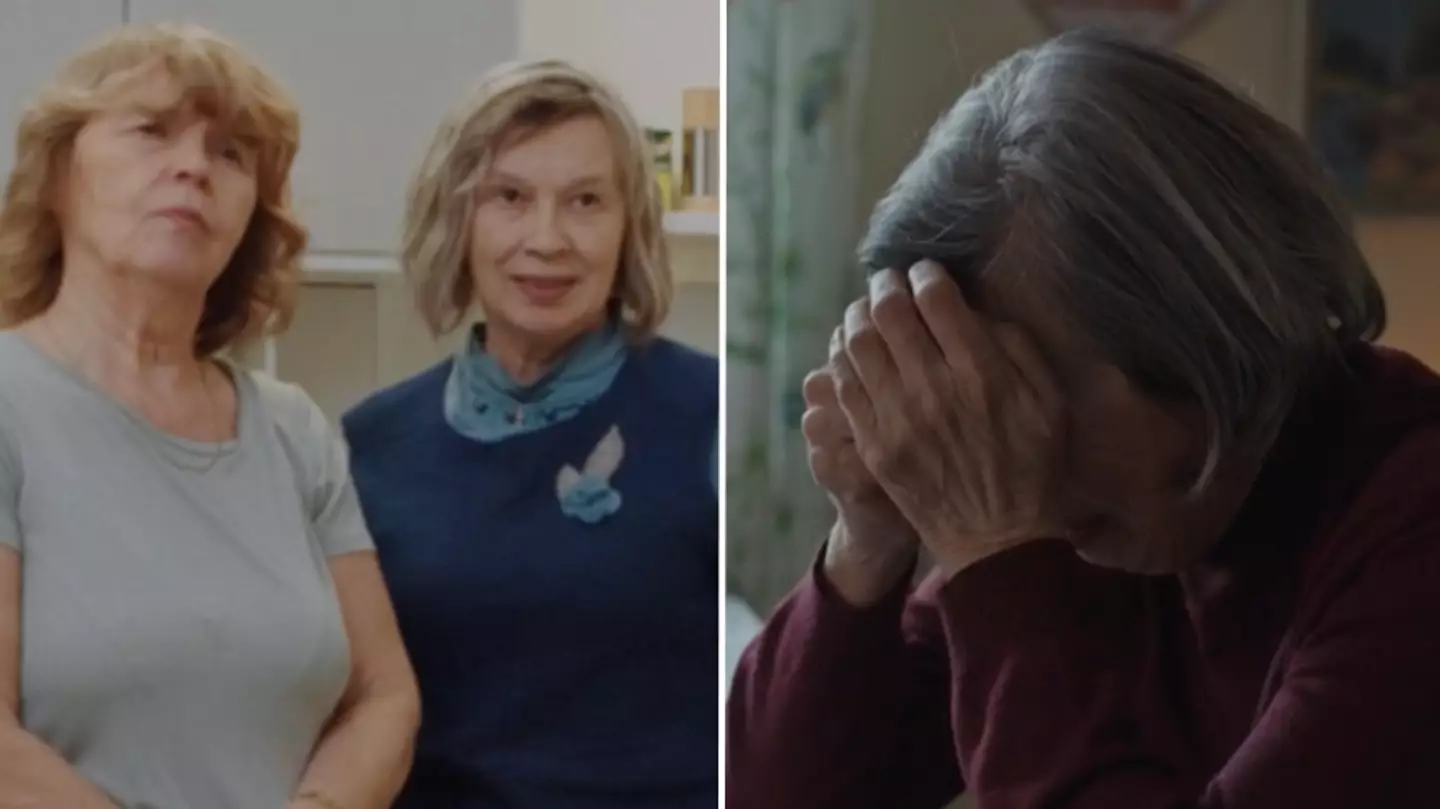
Warning: This article contains discussion of suicide which some readers may find distressing.
The doppelganger of a woman who died in 1998 has unknowingly helped a family unravel a huge secret that had lain dormant for decades, with a chance encounter triggering a 'wild ride of unbelievable twists and turns'.
After sisters Kari and May went to a flat viewing in Gullspång, southern Sweden, they had the shock of their lives.
Advert
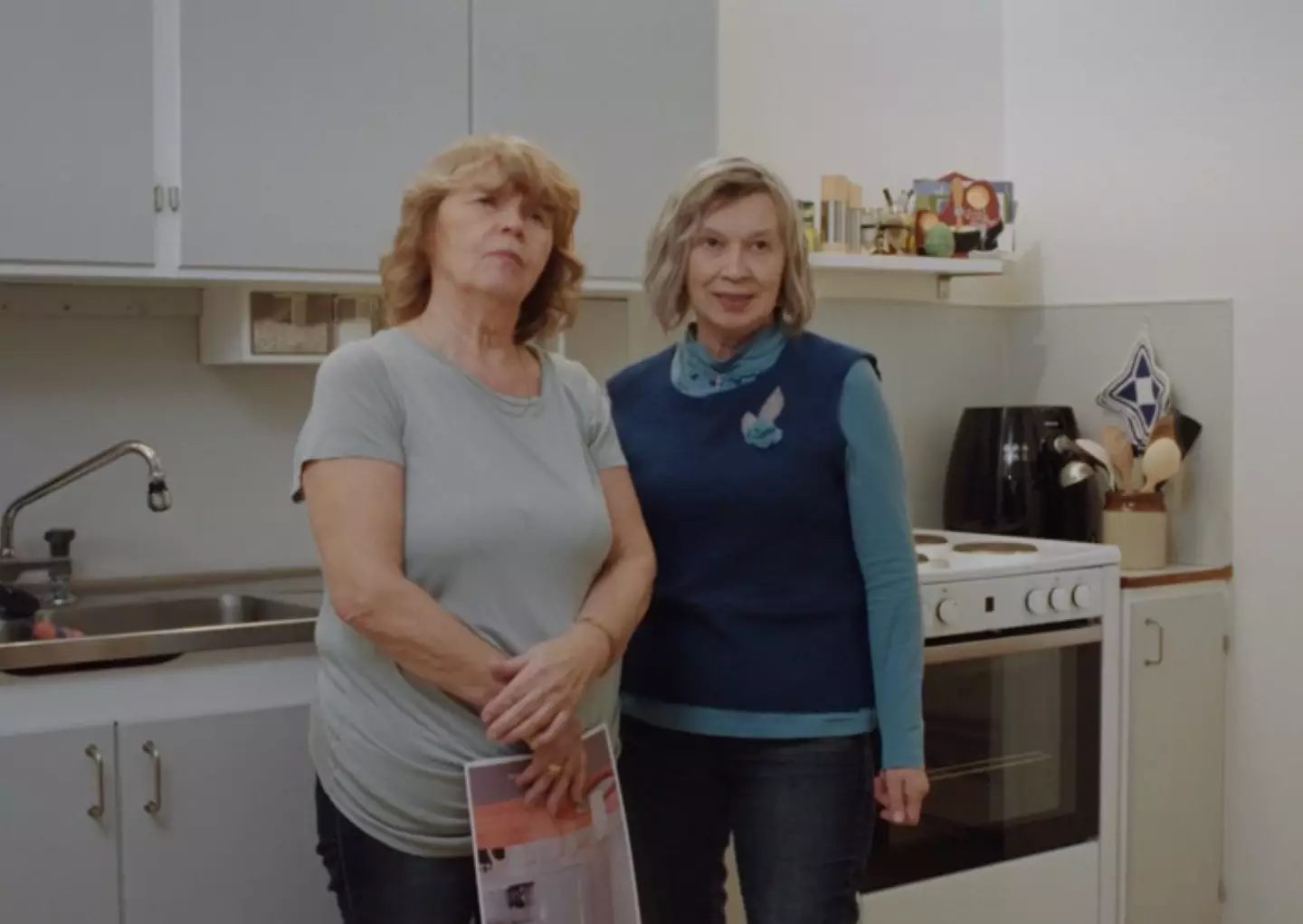
After putting in an offer on the property, they met the seller - a woman named Olaug - who they immediately realised was the spitting image of their late sister Lita, who they thought had died 30 years before by suicide after embezzling from her employer.
The likeness turned out to be far from coincidental, but what started off as an 'eerie' tale of family reunification soon grew into a 'Pandora's Box' that saw the trio’s lives 'spiral out of control'.
The story is the subject of The Gullspång Miracle, a 'bats**t documentary' by Maria Fredriksson that’s now available to watch on BBC iPlayer.
In the film, we find out how Olaug was born on the same day in February 1941 as Lita, having grown up in a happy family on the other side of the fjord from Kari and May.
However, she admits to always feeling as though something missing, though it was a sensation she couldn’t ever understand.
Advert
A DNA test reveals that Olaug is Kari and May’s half-sister, sharing the same father but with a different mother.
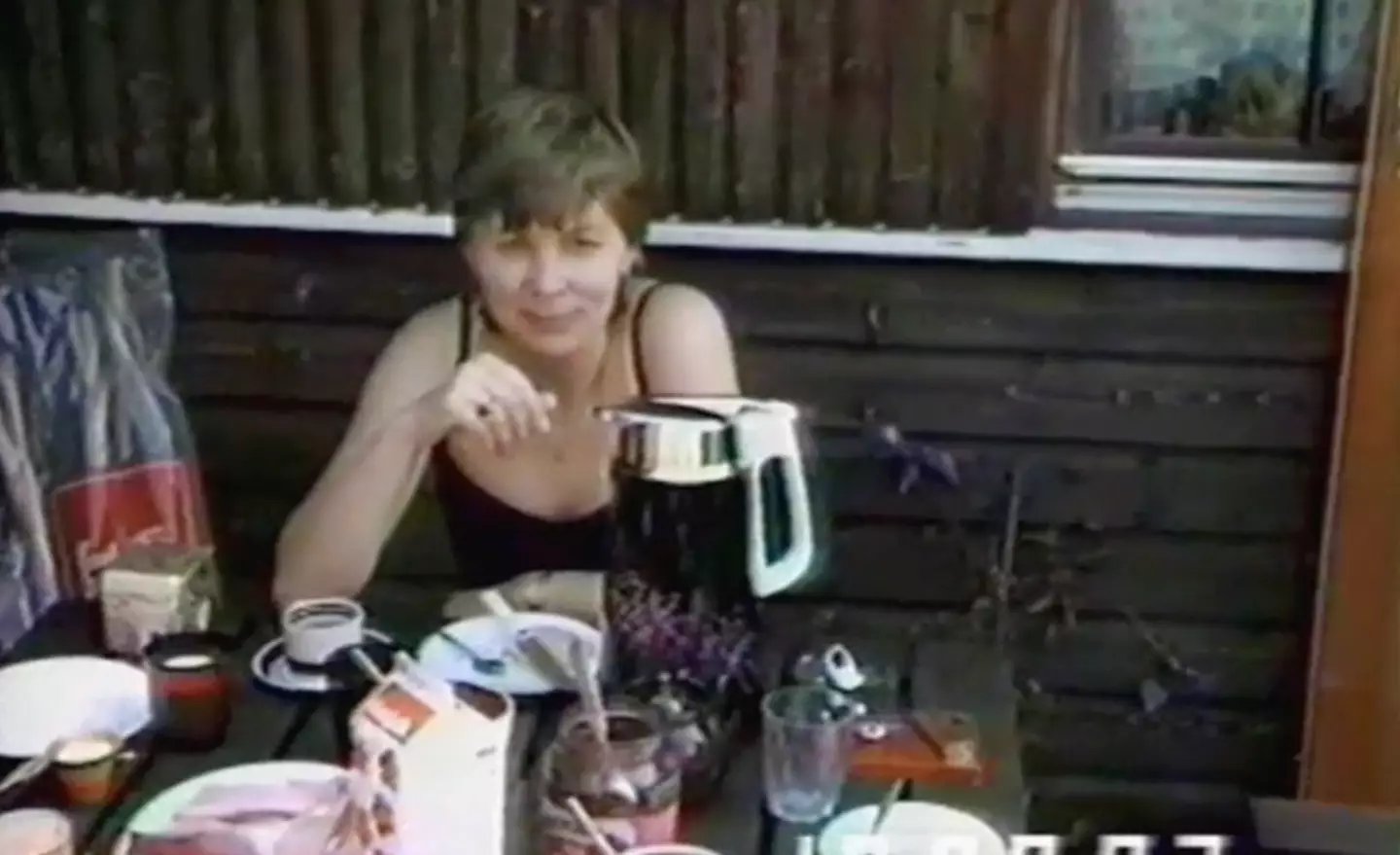
It’s Kari and May’s amateur genealogist cousin Jan who ends up getting to the bottom of the mystery - or at least the start of it - as he delves into their family tree to confirm that Olaug and Lita were twin sisters who were separated at birth.
“It was during the war, and the Germans occupied Norway,” he explains.
Advert
“Twins had to be kept hidden because the Germans were doing research experiments on twins.
“They wanted a pure race, so you had to be hidden.”

Olaug, who had no idea she was adopted, says the revelation initially felt ‘like hell’, but over time she manages to forge a bond with her new sisters.
Advert
However, amid clashes about Lita’s death - with Olaug convinced her twin was murdered - the sisters fall out.
“A lot if it is very strange,” she says.
“It says that they found her lying face down in a creek. But they couldn’t find her shoes. They were gone.
“And the clothes she was wearing were covered in grass stains and stuff like that.”
Advert
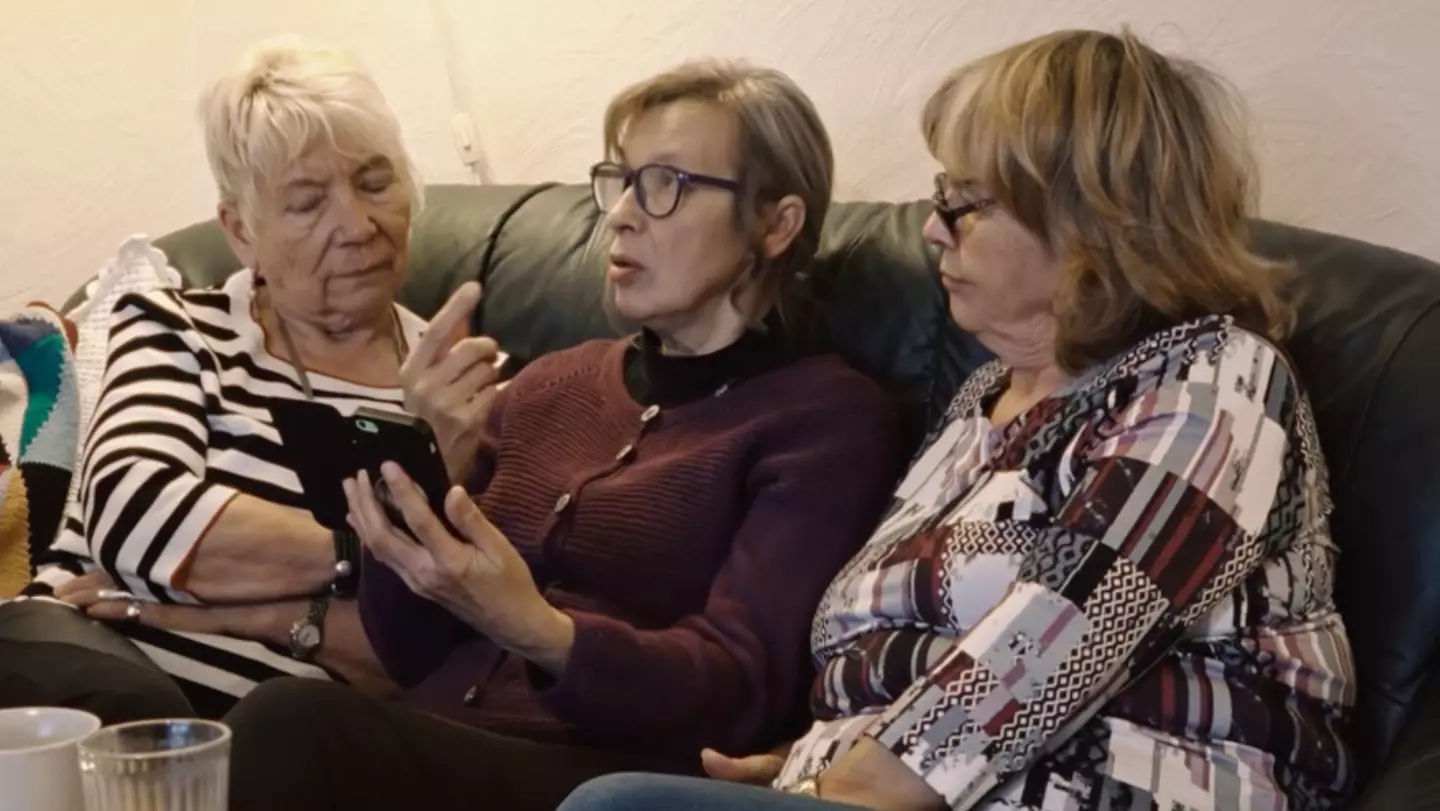
A second DNA test also reveals that they aren’t related after all, although May and Kari believe their long-lost sibling has somehow cheated the process after realising she doesn’t want to be part of the family.
But it transpires that there is something in the assumptions about Lita’s apparent suicide, which stemmed empty pill bottles that were found in her car.
Olaug demands to see the police files and finding an autopsy report that was never shown to the family.
The conclusion in the report is that the cause of death is uncertain, with the box for ‘suicide’ checked with a question mark scribbled alongside it.
Despite the discovery of the medicine bottles, there was actually no medication of any kind in her system when she died.
In reality, what’s most likely is that Lita died of natural causes after ‘suffered a sudden circulatory failure’ - or heart failure.
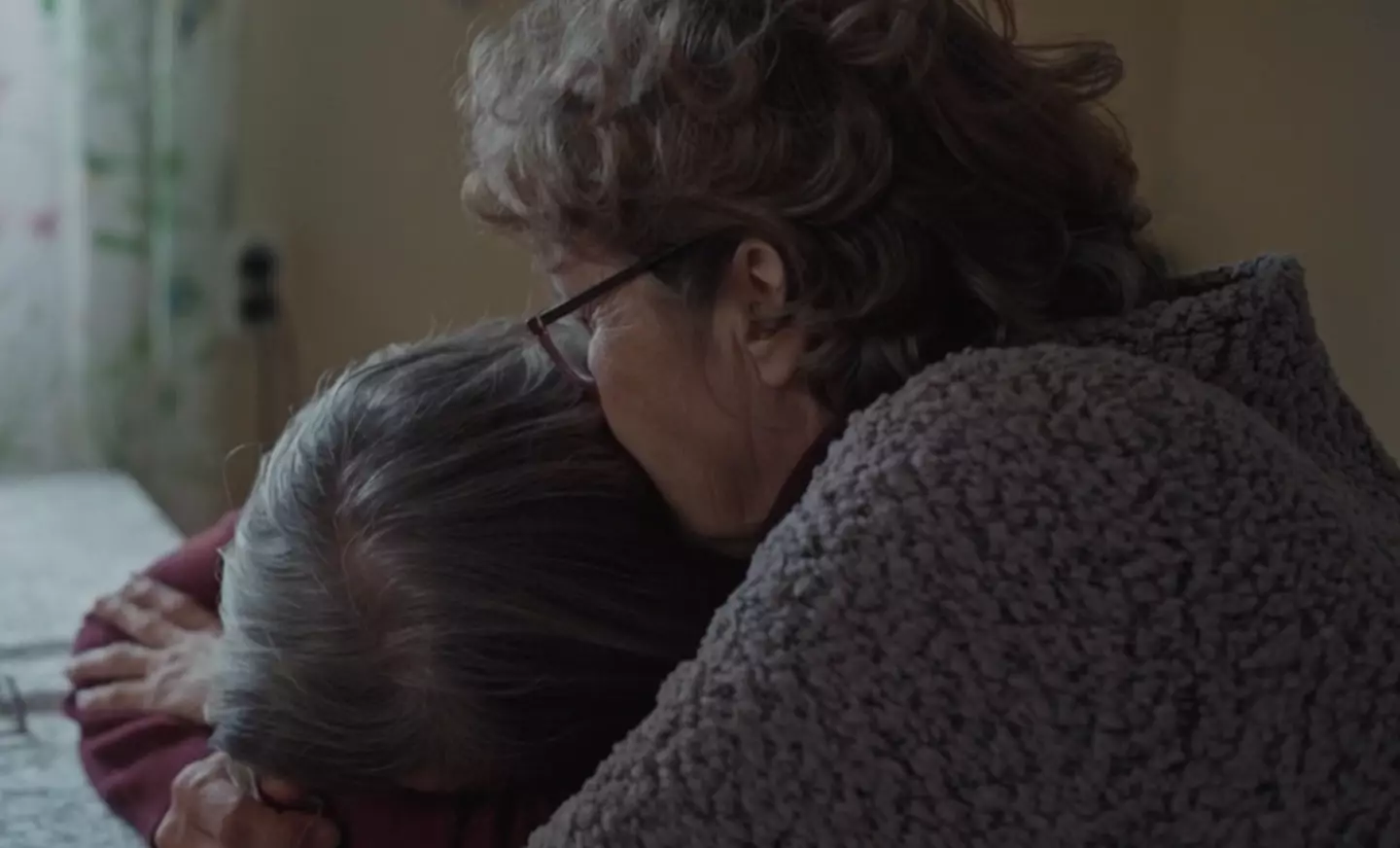
Anne-Grethe, from Oslo Police Department, explains: “If they had followed up on the case, and informed the family of the autopsy report a few months later, there would have been no need to wonder.
“The report stated that there were no traces of any drugs in her system.”
The Gullspång Miracle is currently available to stream on BBC iPlayer.
If you’ve been affected by any of these issues and want to speak to someone in confidence, please don’t suffer alone. Call Samaritans for free on their anonymous 24-hour phone line on 116 123.
Topics: BBC, Real Life, Tyla Recommends, TV And Film, Documentaries